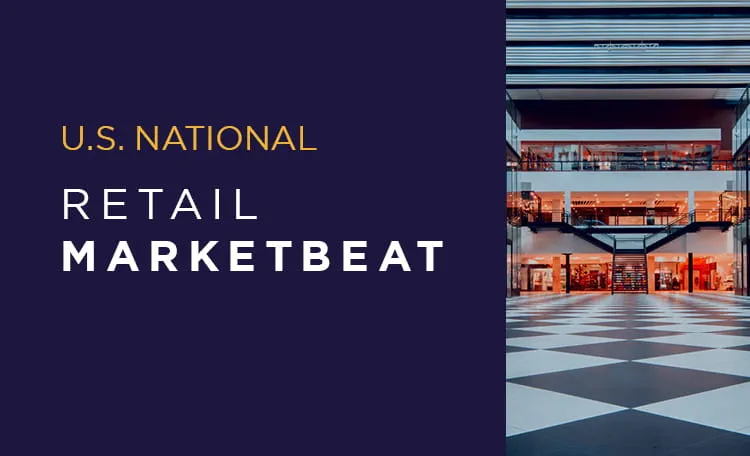According to
Charles Smith, international partner and chairman of UK and Cross Border Valuation & Advisory at Cushman & Wakefield, the trend of luxury brands purchasing their flagship locations extends beyond Fifth Avenue in New York City.
“This reflects the longstanding practice of retailers buying their own properties on Bond Street in London, Smith said. “Brand enhancement and the unfettered ability to bespoke the space have been and continue to be strong drivers of demand.”
Owning a flagship offers distinct advantages. It secures a prime location permanently, allows for capitalized expenses on in-store improvements, and adds a high-value asset to the brand’s portfolio. Ownership also enables a degree of flexibility that leases don’t, letting brands design their flagship spaces to elevate customer experiences and community engagement. Updates to accounting standards have also influenced this ownership trend, shifting the lease-versus-own debate. But the implications extend beyond dollars and cents. Below are some of the key benefits luxury retailers gain by owning their flagship stores.
Enhancing Customer Experience and Asset Value
Flagship stores are the ultimate expression of a brand’s identity. From Chanel’s luxurious boutiques and Ralph Lauren’s mansion to Nike’s House of Innovation and Apple’s iconic glass cube store, these spaces elevate shopping into a brand-centric experience. Product showcases, interactive technologies and personalized services create memorable connections with consumers.
Flagship stores play a crucial role in enhancing a brand’s overall value, said Scardina. “They drive traffic, duration of stay, brand loyalty and e-commerce sales, all of which positively impact the value of the location.”
Ownership offers retailers full control to customize or renovate their stores to fit their brand, operational needs or marketing strategies. This level of control—and creative freedom—is often restricted by leasing agreements. For flagship locations, this adaptability is particularly critical because it increases the property’s value while also uplifting surrounding real estate economic activity.
A Critical Link in Omni-Channel Strategies
As online sales continue to grow, flagship locations serve as vital touchpoints between digital and physical shopping experiences. By embracing a “showrooming” model, these flagship stores allow consumers to interact with products before purchasing in-store or online. Apple’s flagship stores, for example, allow customers to test products and seek expert advice, strengthening brand loyalty while supporting multi-channel transactions.
In this evolving retail industry, owning flagship locations empowers brands to pivot more effectively to meet changing customer needs. Revenue per square foot is only a piece of the puzzle when evaluating the role these stores play in a retailer’s real estate portfolio. Flagships are experiential hubs that reinforce a brand’s omni-channel strategy and brand loyalty.
Architecture and Design as Brand Statements and Value Enhancers
Luxury brands use flagship stores canvases for creative architecture and design, making their mark on busy streets where competition for attention is fierce. Retailers like Louis Vuitton and Chanel invest heavily in store design to stand out on competitive retail streets. These architecturally significant stores not only serve as shopping destinations, but in some cases as city landmarks, which further elevates the property’s value and reinforcing the brand’s prestige.
Jean-Philippe Carmarans, chair of Cushman & Wakefield’s EMEA Valuation & Advisory and valuation head for France emphasized the growing trend of luxury brands acquiring flagship locations in Paris.
“Luxury brands such as LVMH, Chanel and Kering—on Avenue de Montaigne, around place Vendôme and on the Champs Elysées—are willing to secure the best locations ‘forever’ by acquiring them, then investing significant capital to create exceptional property and customer experiences,” he said.
For example, Bernard Arnault transformed La Samaritaine into a retail and hospitality destination near the Louvre—a testament to how ownership enables brands to reimagine historic spaces into iconic experiences.
A Trend that Is Here to Stay
During our recent webcast,
The Pulse of Global Retail: Navigating Key Leasing Trends, Cushman & Wakefield experts examined the forces shaping the retail industry—from international brand expansion to experiential concepts—and how these are playing out worldwide. The growing acquisitions of flagship locations, particularly in the luxury sector, is a trend that shows no signs of slowing.
“There is no real estate sector that is as location sensitive as luxury,” said Robert Travers, Cushman & Wakefield’s head of EMEA Retail. "It makes a lot of sense for some brands to take control and own their flagship locations.”
The move toward ownership shields retailers from rising rents, supports bold architecture and design choices, and strengthens customer connection and engagement—all while adding valuable real estate assets to their portfolio. As this trend continues, we remain dedicated to helping our clients optimize strategies, from location selection and architectural design to overall portfolio strategy and financial evaluation.
The next time you find yourself strolling down Fifth Avenue or Bond Street, take note. The storefronts of tomorrow aren’t just spaces for shopping—they’re powerful statements of ownership, identity and innovation.

